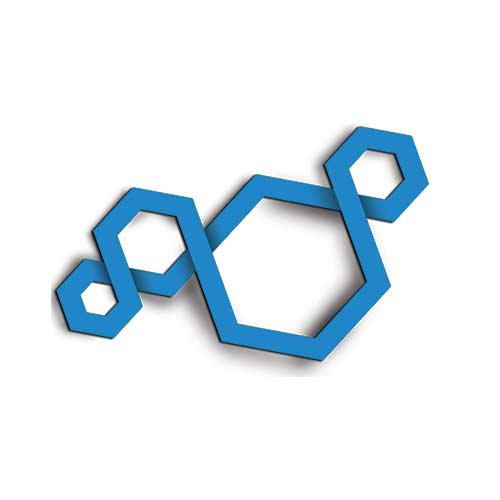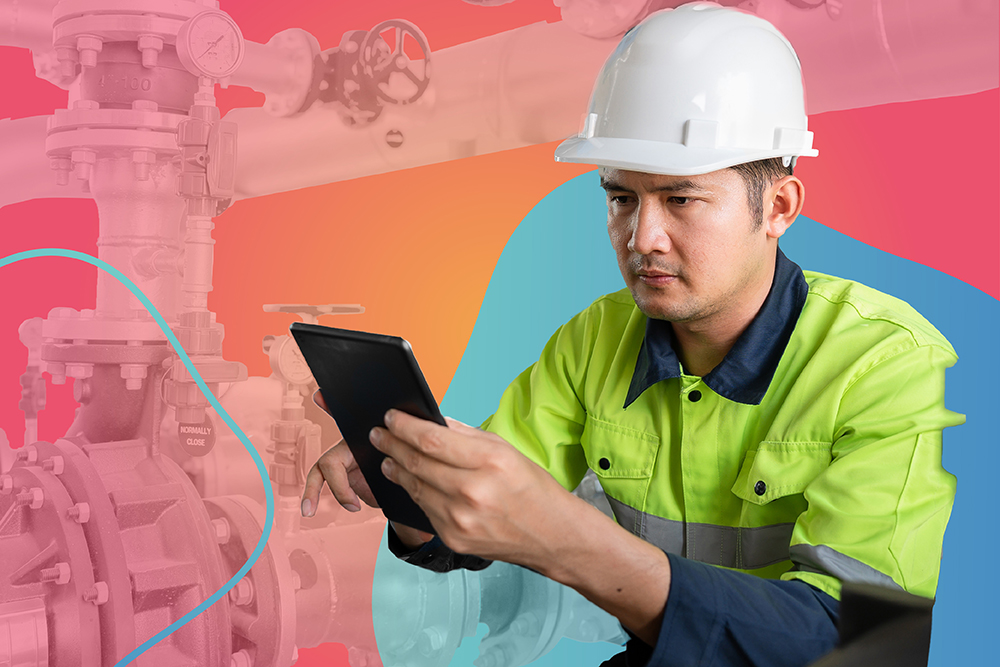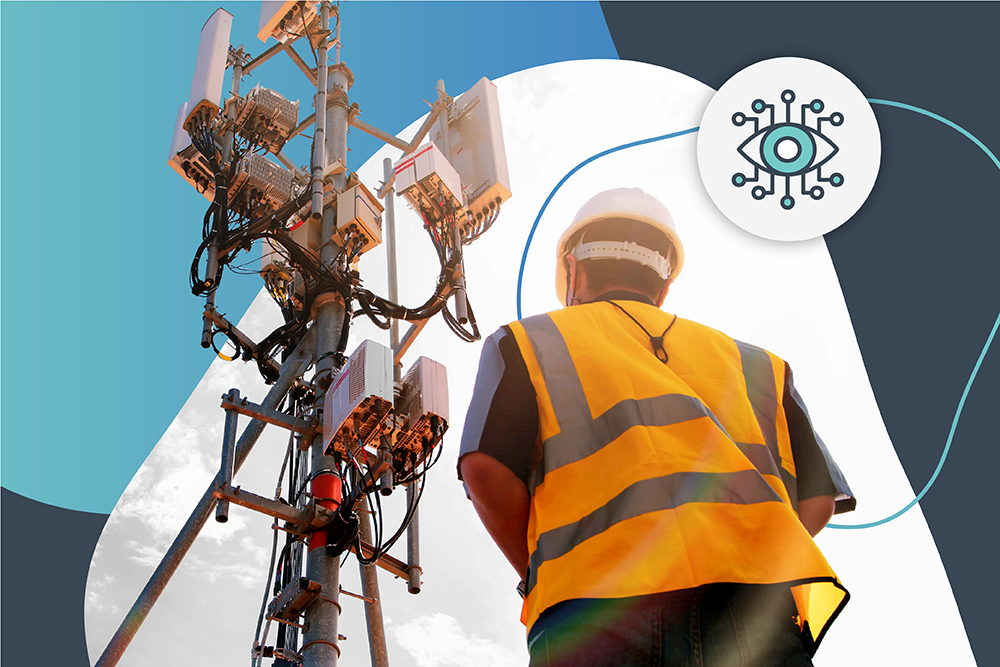1 min read
Vision AI for Utilities: See More. Fix Faster. Waste Less.
From gas and water distribution to electricity supply, utility providers today face immense pressure to modernize and bring innovative technology to...
3 min read
 ServicePower
:
September 16, 2025
ServicePower
:
September 16, 2025

As utility providers face increasing pressure to complete their smart meter roll-out programs, computer vision and image recognition can be used to help achieve key operational KPIs such as roll-out rate, quality assurance and cost efficiency targets. From gas and water distribution to electricity supply, computer vision is transforming how the utility industry operates, bringing precision, automation, and actionable insights to operators that are using these capabilities.
Smart Meter Deployment
The rollout of smart meters is critical for modernizing utility infrastructure, improving energy efficiency, achieving sustainability goals and enabling more dynamic pricing models for customers to adapt their usage according to capacity and cost of supply.
Governments worldwide have set ambitious goals to accelerate the deployment of smart meters. Whilst the EU first mandated its member states to roll out smart meters in 2009, roll-out varies widely by market. For example, Germany lags behind the European average with smart meter adoption at less than 25% of total premises, whilst households in Sweden and Spain have already reached 100 percent deployment.
Governments such as the UK have also scaled back their targets as utility providers fail to deploy at the rate anticipated. In the UK, smart meter penetration is now targeted to reach 75% of premises by the end of 2025 vs. the 100% goal originally set out. While there has been a slowdown in some markets, worldwide deployment continues at pace, with smart meter deployment (gas, electricity and water) expected to grow from 1.7 billion in 2023 to 3.4 billion meters by 2033.
With providers challenged to meet their roll-out KPIs, computer vision can be used to address operational deployment challenges faced in the field today. Issues include:
Computer vision AI helps with utility industry challenges by offering a proven and innovative approach to enhancing the current process for smart meter installations.
Computer vision can assist in performing many key checks during the smart meter installation process. A few examples for electricity smart installation are outlined below:
The efficiency gains brought by computer vision for utility providers translate directly into quality standard compliance, cost savings and improved customer experiences. By integrating computer vision into the installation process for smart meters as well as EV chargers, heat pumps and other emerging smart home technologies, utility providers will help meet and exceed their operational KPIs and targets, as well as unlock new levels of operational excellence.
Our platform ensures quality and efficiency of smart meter installation, and enhances safety, compliance, and overall customer satisfaction. Computer vision is a vital step towards achieving short-term deployment and operational goals, as well as building smarter and more resilient utility infrastructure.

1 min read
From gas and water distribution to electricity supply, utility providers today face immense pressure to modernize and bring innovative technology to...

The race is on for FTTP operators to complete their network deployments, whilst juggling the challenges of build contractor shortages, network...

With the global field service management market projected to reach $29.9 billion by 2031, well-positioned Field Service Organizations have ample...